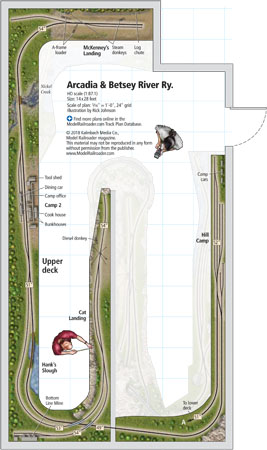
Name: Arcadia & Betsey River Ry. Layout owner: Harley “Skip” Luyk Scale: HO (1:87.1) Size: 14 x 28 feet Prototype: freelanced logging line Locale: Pacific Northwest Era: 1910 to 1957 Style: walk-in Mainline run: 74 feet (main), 87 feet (branch line) Minimum radius: 22″ Minimum turnout: no. 5 Maximum grade: 4 percent Benchwork: mix of […]
Read More…
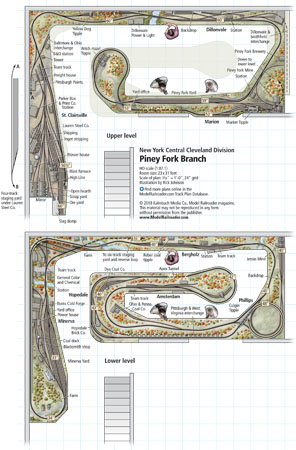
Name: Piney Fork RR Layout Owner: Seth Gartner Scale: HO scale (1:87.1) Size: 23 x 31 feet Prototype: New York Central Locale: eastern Ohio (Minerva to Dillonvale) Era: early 1960s Style: multilevel, walk in Mainline run: 260 feet Minimum radius: 24″ Minimum turnout: no. 4 (industries), o. 5 (yardns), no. 6 (main line) Maximum grade: […]
Read More…
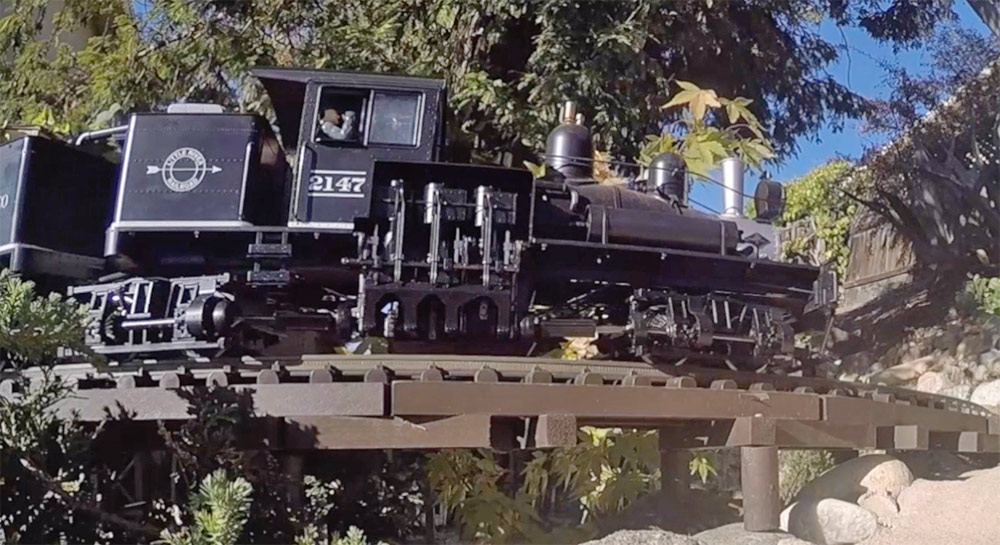
“Aria” wrote in, asking how to get sharply focused videos that reveal the road names on his rolling stock. His question appears here: http://cs.trains.com/grw/f/91/t/268387.aspx With some excellent comments by forum moderator Tom Trigg, and some research, we realized that sharper images of both prototype and model trains challenge our skills and our equipment. With professional […]
Read More…

Having trouble viewing this video? Please visit our Video FAQ page MRVP All-Stars Cody Grivno and Ben Lake get back to installing the roadway section representing the Trans-Canada Highway. After Ben prepares the pavement, Cody then shows how to groom the shoulders, place safety barriers, and add scenery textures between the rocks and the […]
Read More…

In this installment of our O gauge City Terminal & Transfer Railway series, Kent expands The Big City limits by extending the elevated sections over the tracks and out to the edge of the layout. After that, he then fills in a few gaps with yet another type of foam! […]
Read More…
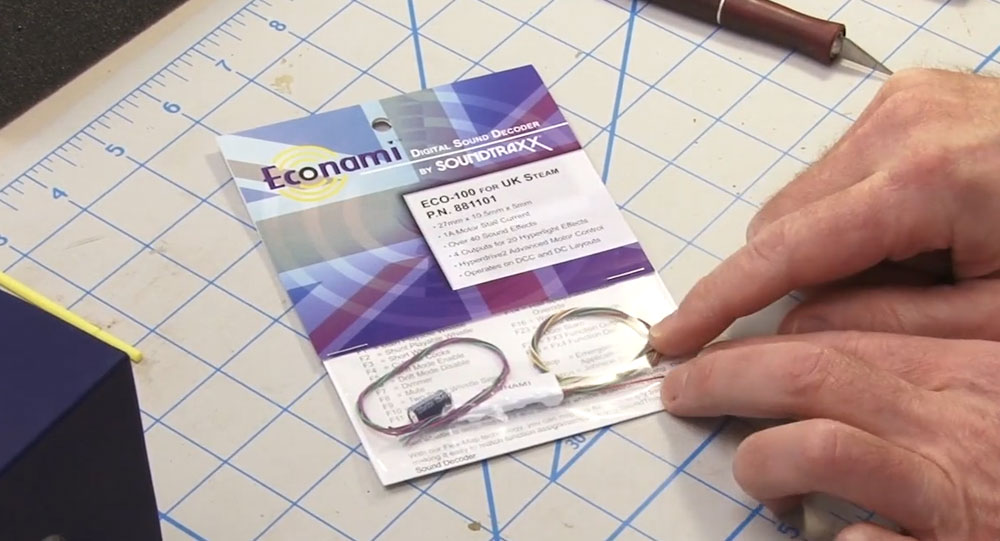
In this episode of MRVP Tech, David Popp dives into adding a DCC sound decoder to a Bachmann steam locomotive. Although the OO scale model of a British shunting engine isn’t a typical MRVP subject, Dave show it’s a perfect candidate for demonstrating how to fit a few Soundtraxx products into rather tight quarters! David […]
Read More…
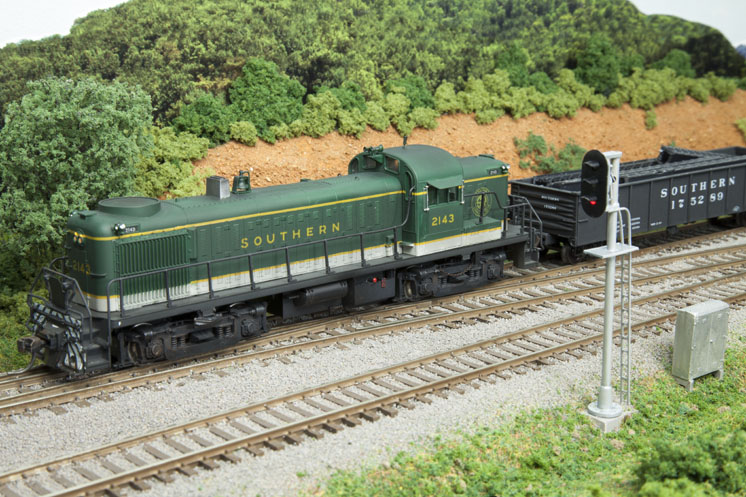
Southern Ry. Alco RS-3 no. 2143 passes over an older HO Shinohara turnout on Larry Puckett’s Ho layout. He explains how to make older turnouts DCC-friendly. In the September and October 2014 issues of Model Railroader, I wrote about how I modeled the Rockfish River crossing on my HO scale Piedmont Southern layout and built […]
Read More…

Having trouble viewing this video? Please visit our Video FAQ page MRVP All-Stars David Popp and Jenny Freeland team up to plant a full forest of trees in the craggy mountain walls along this Fraser Canyon scene. While the tree canopy will be dense in this part of our N scale (1:160) Canadian Canyons […]
Read More…
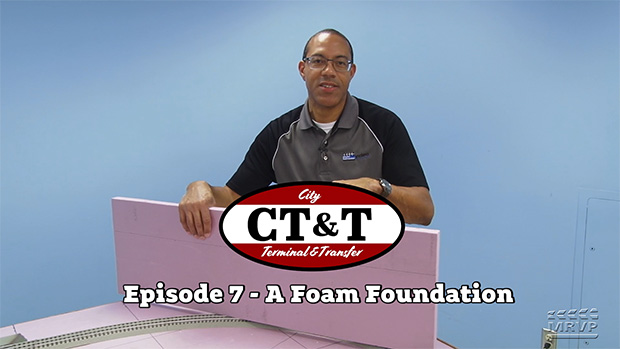
Kent really likes working foam materials into various parts of the layouts he builds, including the O gauge City Terminal & Transfer Railway. After installing the layout’s pink foam tabletop, KJ turns to a different type of foam product made by Woodland Scenics. Follow along as he shows how to use foam risers and inclines […]
Read More…

Now that the trackwork is in place on the City Terminal & Transfer Railway, Kent Johnson and Bob Keller turn their attention to planning the urban scenery. In this video, you’ll see how careful consideration of a structure’s footprint allows the guys to place a wide array of city and industrial structures made by Menards, […]
Read More…
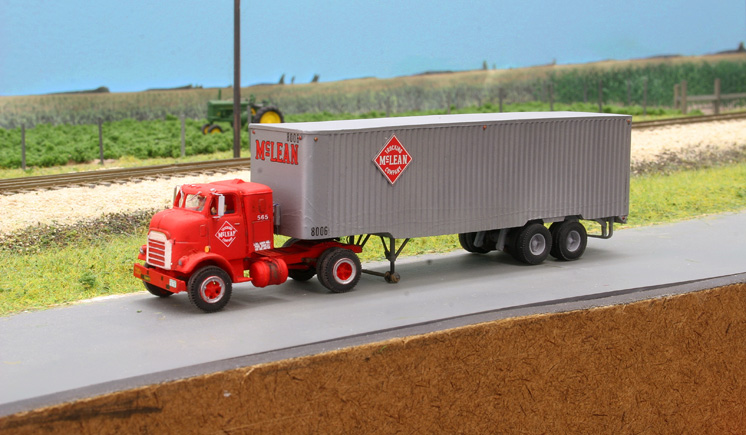
Mont Switzer’s finished HO scale Sylvan Scale Models GMC Cannonball semi-tractor, as detailed for a McLean Trucking Co. prototype. The article “How to model a 1950s semi-tractor” by Mont Switzer appeared in the July 2018 Model Railroader. The materials list for the project is shown below. Materials list A-Line 29201 Windshield wipers Bachmann 42342 Sitting […]
Read More…
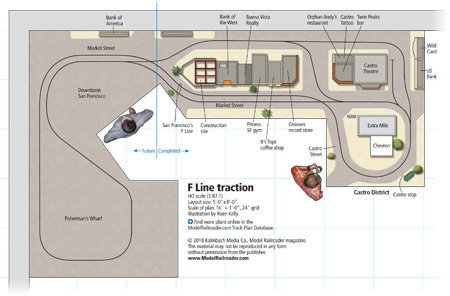
Name: F Line traction Layout owner: Harvey Simon Scale: HO (1:87.1) Size: 5 x 8 feet Prototype: San Francisco MunicipalTransp ortation Agency’s F Line Locale: San Francisco, between Castro District and Fisherman’s Wharf Era: modern Style: modified walk-in Mainline run: 40 feet Minimum radius: 6 1/4″ Minimum turnout: single point, equivalent to no. 2 Maximum […]
Read More…












